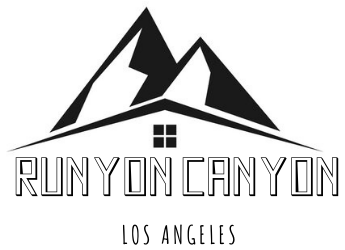What should I write my vignette about?
How to Write a Vignette
- a character’s memory about something, or.
- a flashback to a moment or time in his life, which in turn helps to shed light on his overall life.
- it could also describe the character physically or emotionally to help develop the reader’s idea of his personality and behavior.
What is the purpose of vignette?
A vignette is a darker border – sometimes as a blur or a shadow – at the periphery of photos. It can be an intentional effect to highlight certain aspects of the image or as a result of using the wrong settings, equipment or lens when taking a photo.
How do you present a vignette?
How To Write A Vignette
- Use it when you want to give the reader a glimpse into a moment in a character’s life.
- Use it if you want to show something that is important, but not necessary to the plot.
- Use it when you want to create an atmosphere around a place or a character.
- Be descriptive.
- Use the senses.
- Use symbols.
How do you start writing a vignette?
Follow these tips on how to write a simple vignette.
- Don’t conform. You’re not bound to traditional plot structure within a vignette.
- Use visual language. Show, don’t tell.
- Zoom in for a microscopic view. A vignette is like a camera lens.
- Appeal to the senses. Connect to a reader through their senses.
- Go big, then edit.
How do you start a vignette?
What is a social vignette?
A vignette in psychological and sociological experiments presents a hypothetical situation, to which research participants respond thereby revealing their perceptions, values, social norms or impressions of events.
What’s another word for vignette?
In this page you can discover 14 synonyms, antonyms, idiomatic expressions, and related words for vignette, like: scene, anecdote, illustration, scenario, headpiece, narrative, sketch, engraving, picture, woodcut and story.
What is another word for vignette?
How do you read a vignette?
To see the vignette for a specific package, use the argument, browseVignettes(“packagename”) . Each vignette provides three things: the original source file, a readable HTML page or PDF, and a file of R code. You can read a specific vignette with vignette(x) , and see its code with edit(vignette(x)) .
How is a vignette used in a book?
In literature, a vignette is a short passage that uses imagery to describe a subject in greater detail. Using descriptive language, a vignette helps readers visualize a character, a place, or a moment. Vignette is a French word that means “little vine.” It is named after the decorative vine leaves that sometimes adorned nineteenth-century books.
How many words should be in a vignette?
1 In terms of length, a vignette is typically 800-1000 words. 2 A vignette will usually have 1-2 short scenes, moments, or impressions about a character, an idea, a theme, a setting, or an object. 3 You can use the first second, or third point of view in a vignette.
What are the three elements of a vignette?
The vignette above is grouped into three. The candle, the plant, and the books and glass cubes of pinecones act as one. Don’t be afraid to keep a vignette very simple.
How many scenes are there in a vignette?
A vignette will usually have 1-2 short scenes, moments, or impressions about a character, an idea, a theme, a setting, or an object. You can use the first second, or third point of view in a vignette.
